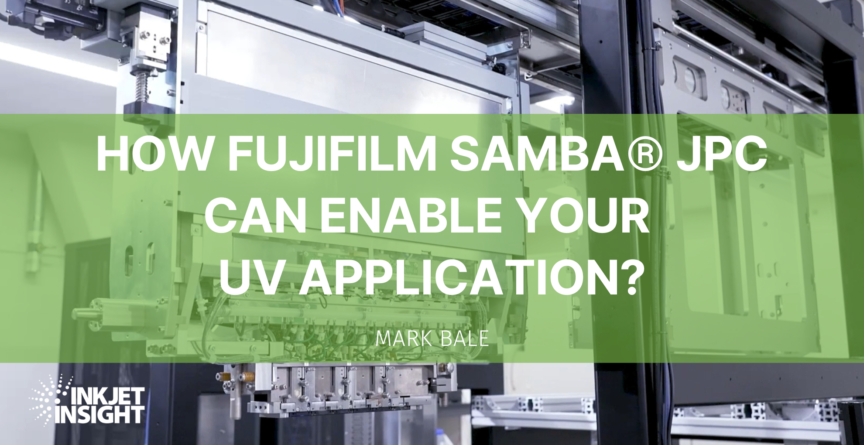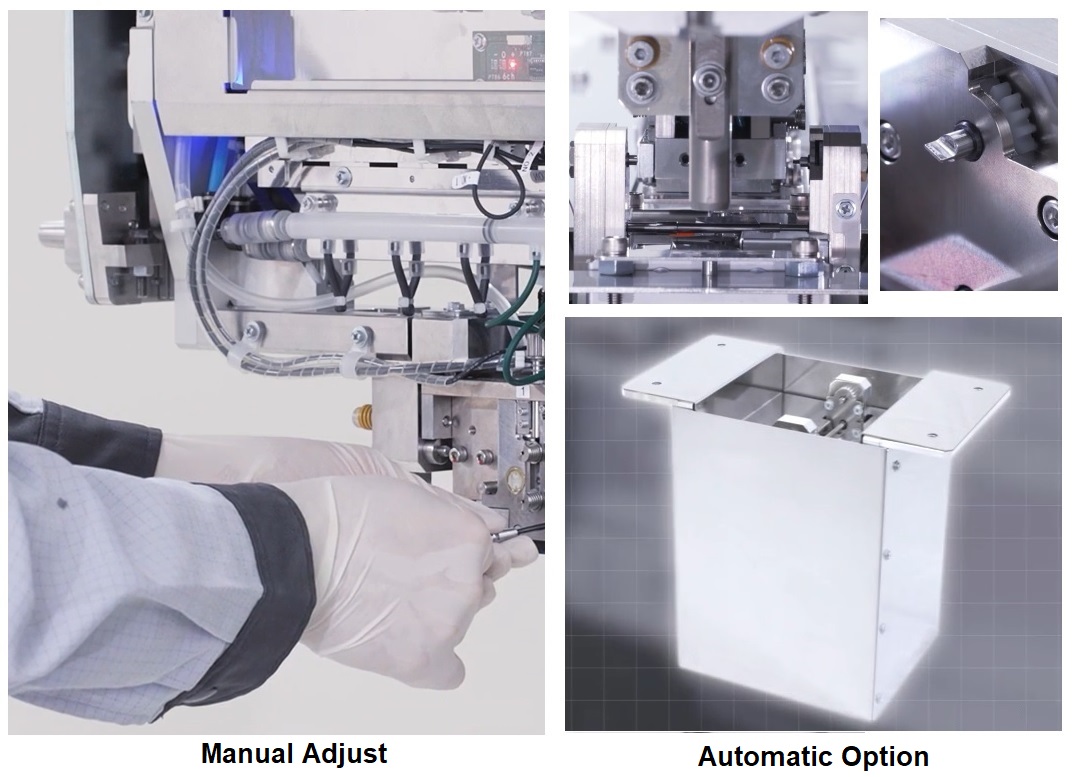Sponsored Content
UV -curable inks remain one of the most popular inkjet formulation types for industrial applications, many of which we’ve discussed before on Inkjet Insight. From label printing to decorative surfaces and package decorations to printed circuit boards (PCBs), the gamut of materials and tunability of end-use functionality possible with UV are hard to beat with any other ink approach.
When it comes to printing productivity, single-pass inkjet deposition is the process of choice. Again, UV inks offer a simplified approach to inkjet implementation, mostly due to the instant curing which allows for more compact process when combining with other technology. We have discussed before in both articles and webinars many challenges resulting from single-pass, both in terms of the ink properties but also in terms of the printhead selection and positioning.
At the same time the quality expectation of all inkjet end-use markets have continued to rise. For example, to get “offset quality” inkjet printing, it has become generally accepted that a minimum head addressability of 1200dpi is necessary which is also commonplace in printed electronics. Today’s state-of-the-art Si-MEMS printheads offer the possibility of addressing this need, in combination with the all-important UV inks and varnishes, but the ability to keep a printing system supplied with ink at the right temperature and with consistent defect free quality takes careful design of all system components.
Thus, until now, meeting and maintaining the expected quality in true production has demanded a sophistication in technology implementation that requires a level of experience that has limited the best printing results to only a few OEMs and integrators. We will explore in this article how many of these technical challenges can be addressed quickly and efficiently by implementing solutions based on Fujifilm’s SAMBA® JPC technology into your process. As suggested by Barry McGregor, Integration Manager at Fujifilm Ink Solutions Group – in Fujifilm’s UK affiliate office, “We are trying to bring our technology and expertise to the customer in as painless a fashion as possible”. Let’s look at the range of modules that are offered by Fujifilm.
Printheads
Print heads are the platform upon which all inkjet printing is built. These are at the core of every inkjet printing system and are surrounded with various components designed to ensure maximum productivity, quality and reliability. Thermal and piezo are the two leading, drop-on-demand (DOD) approaches, as we discussed in a previous Inkjet Explainer webinar. Of these two, piezo-based technologies offer a broader chemistry application, especially for the UV-curable ink formulations that we’ve mentioned as being so crucial to inkjet success.
When it comes to making printheads, there are diverse materials, methods and designs to choose from, but to address quality demands in recent years there has been an increasing use of Si-MEMS fabricated printheads. As a result, there are a large number of printheads available using Si-MEMS technology, but no other supplier offers the field-proven performance of Fujifilm’s SAMBA product range, first launched in JetPress in Drupa 2008.

Figure 1: A single FUJIFILM SAMBA printhead
With the ability to generate tiny droplets over 100kHz (yes, that’s over one hundred thousand times per second), the Samba G3L printheads has been used in quite number of well-known printers since its OEM introduction in 2013. One of the things that is special about SAMBA, and unique to Fujifilm, is the way the piezo actuator is made by vacuum sputtering, which results in very stable and long-lived performance. Tests have shown that in excess of 1013 ejections are possible. To put that in context: that’s equivalent to jetting at 100kHz frequency every second for ~3 years. To put in yet another way, for the G3L variant that’s the potential to achieve 10L pumping capacity per nozzle or an incredible 20 metric tons per head over its service life.
Of course, that’s just the theory. In practice, the amount of time the head will last in a printer is subject to the ink and the environment, which as we shall discuss are two other important components available from Fujifilm.
What is a Printbar?
This is the term used to describe the combination of multiple printheads, along with inks supply and electronics, to make the implementation of inkjet easier for those looking to explore the unique benefits of UV inkjet to their business. Single-pass printbars have been instrumental in fully integrated systems as well as inline to other conventional processes also known as “imprinting” – a term used for adding variable monochrome data to analog print, such as newspapers – and for “retrofitting” full CMYK print capability into various presses and finishing lines, e.g. for labels, packaging, magazines, décor surfaces and more.

Figure 2: FUJIFILM SAMBA JPC modules (Source: Fujifilm)
Building a useful printbar design requires a diverse combination of expertise ranging from electronics, mechanical engineering to fluid mechanics. Historically, this means the integration of individual printheads into pre-designed arrays has been the domain of very specialised engineering companies, known as “integrators”. Having developed the necessary technologies, however, Fujifilm believes that offering their SAMBA JPC Printbars directly to the market is the best way to lower that barrier to those interested in exploring the potential of high-resolution inkjet printing.
One of the most striking benefits of Samba is the parallelogram compact design of the head that enables linear stitching, which leads to the potential to develop an extremely compact printbar compared to other printheads. In the photograph and schematic image below, we reveal the way the heads and nozzle rows are stitched together to form the linear array using the SAMBA printhead mounting system.
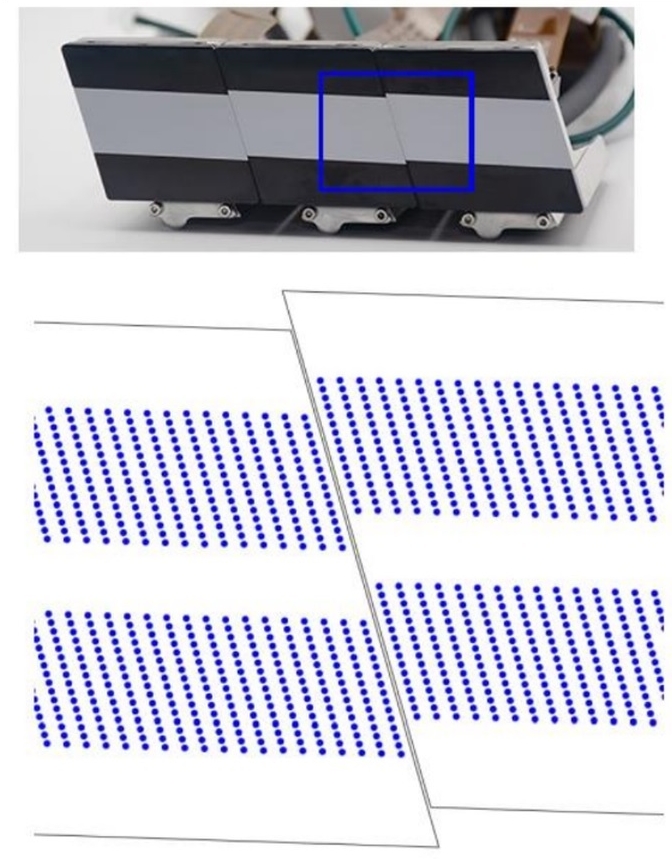
Figure 3: The compact stitching of multiple FUJIFILM SAMBA printheads (Source: FUJIFILM/DODXACT)
Why is that beneficial? Well, the fact is that 1200dpi equates, by definition, to a nozzle every 1/1200” or 21 microns. This means that in multi-colour systems, the registration of drops of different inks in a CMYK or extended CMYKOGV print is sensitive to substrate positioning. By making the overall size of the print engines smaller, we reduce the pressure on the engineering of the system to make good alignment.
Even better, the Printbar includes functions to allow for tuning of the heads in terms of their individual and overall position so that the best registration both across and down the web can be obtained with the greatest ease. This includes automated positioning in combination with the JPC accessory which raises from under the Printbar.
Given that UV inks are usually used at elevated temperature to get the right jetting viscosity, the Printbar uses advanced low thermal expansion materials to preserve that all-important accuracy under real-world conditions.
For managing the whole system of printbars in a large printer the frame can be very helpful, as shown below. It allows the printbars to be moved laterally so that head replacement and manual head adjustment is easier compared to a lift mechanism.

Figure 5: The SAMBA JPC Printbar module shown with the Frame option (Source: FUJIFILM)
Electronics
One of the defining advantages of inkjet technology based on piezo printheads is the tunability of the “waveform” signal to the piezo element that controls the droplet ejection from each nozzle. The firing properties such as droplet size and speed can be selected, with some limitations, to reflect the application needs such as the printing gap.
Waveform creation is a complex topic which we have not covered previously on Inkjet Explainer webinars, since it gets a bit nerdy, but our friends at Jetxpert do have a simple description on their website which uses some SAMBA printhead examples.
It is important to get the driving signals right in order to ensure the drops coming out at a high frequency will land in the right place. This is accomplished through the head drive electronics, which take the data from a computer and convert it into the size of drop needed for each head of the 2048 nozzles in the applicable 32 nozzle rows, at each pixel position. This marvel of timing is accomplished through sophisticated and precise computing technologies.
The FUJIFILM SAMBA JPC Printbar includes the required electronics in its all-in-one design with the connections made available in one panel for power, data and ink.
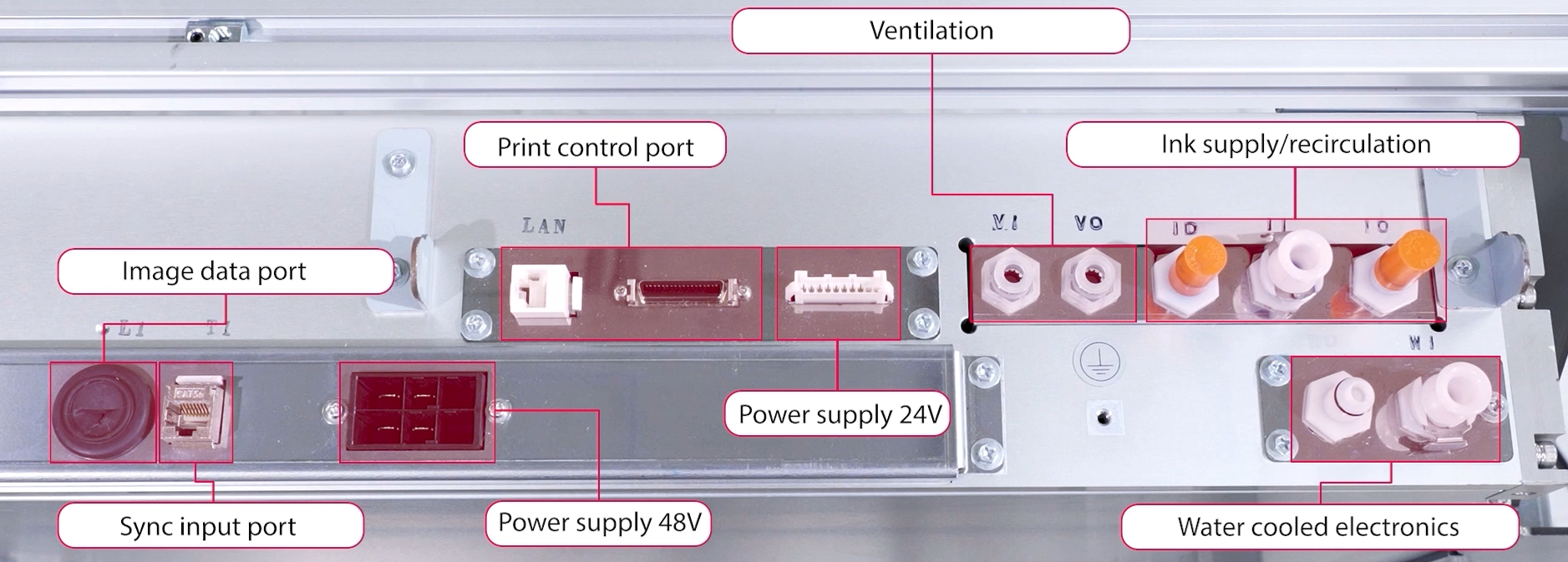
Figure 6: Illustrations of the SAMBA JPC Printbar module connections
Ink Delivery
The critical part played by the ink system is often not understood by those new to inkjet printing. The printhead is a pump, but if that pump is starved of ink supply it will not function at the desired level of performance. This means that delivery of the ink to just a single head requires careful control of the pressures in the system. Scaling to many heads, adding in ink recirculation and the then also ensuring precise heating (required to control the viscosity) means there are even more considerations at hand. As Angelique Runacre, ink formulation specialist at Fujifilm’s Ink Solutions division has commented, “A small change in viscosity is actually a large percentage change in quality and it can really push out your print performance”.
The Printbar design from Fujifilm addresses this challenge by keeping the ink recirculation components on-board, including both temperature control and ink degassing. By keeping tubing lengths as short as possible between the source of heating and the SAMBA heads, the temperature difference, or “delta T”, can be minimized and effective control is possible up to the head maximum setting of 60°C.
Ink formulations are carefully manufactured to consistent, optimal quality standards. The low temperature exposure within the ink system means it is easier to maintain optimal quality by avoiding ink deterioration, achieving reliability and minimizing the need for preventative maintenance due to issues like filter blocking

Figure 7: A CAD drawing of the FUJIFILM SAMBA JPC Printbar module with cutaway detail
UV Ink
So, we already talked about how the UV ink formulation is a powerful tool to fulfil different applications and meet various printing needs. UV inks for different heads are widely available, including inks for the FUJIFILM SAMBA. However, detailed knowledge about the effect of materials selection, materials qualification, and ink manufacturing methods themselves on ink performance consistency is harder to come by. If not controlled adequately, the variability in print quality or reliability can both be noticeable, even for recipes originally proven as compatible with the printhead in qualification testing.
As a UV ink supplier with an inkjet pedigree to match any competitor, Fujifilm’s Ink Solutions Division understands the importance of this, especially when it comes to its SAMBA printheads. Not only does Fujifilm manufacture UV inks at their state-of-the-art facility in the UK, but also Fujifilm’s Application Development Centre is equipped to extensively test new ink formulations in a SAMBA printer environment, as shown below.
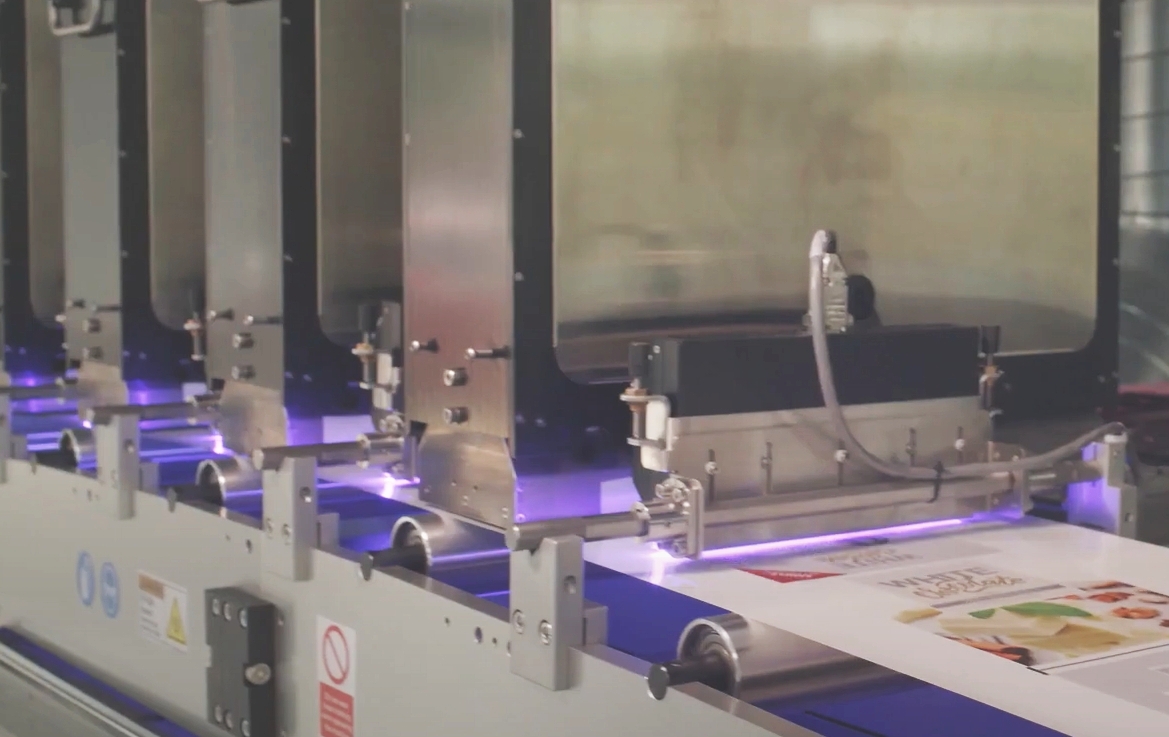
Figure 8: Testing UV ink performance on SAMBA heads at Fujifilm’s Application Development Center
Keeping Things Running
The SAMBA JPC range continues beyond the mechanics of the Printbar. It offers both hardware and supporting software for achieving and monitoring print quality optimisation including nozzle replacement technology. Although beyond the scope of this article, the importance of caring for those all-important printheads cannot be overstated. In the real world of continuous production, there is always the possibility for something unexpected to occur. Pretty much the worst case for any inkjet printing system is for the substrate to collide with the printheads, causing permanent mechanical damage. Therefore, having an effective way to predict such a collision can pay for itself quickly. The SAMBA JPC anti-collision sensor system can be used to stop the transport system or can work in combination with an auto-lift function of the Printbar to raise the heads temporarily whilst continuing the run.
Also important is the ability to recover from less catastrophic causes of print quality issues. Despite the optimised nozzle wetting coating for reducing the effect of accumulated ink mist, at some point nozzle direction and jetting can deteriorate over long print runs. An automated cleaning system then becomes an efficient way to decrease the knock-on effect to productivity.
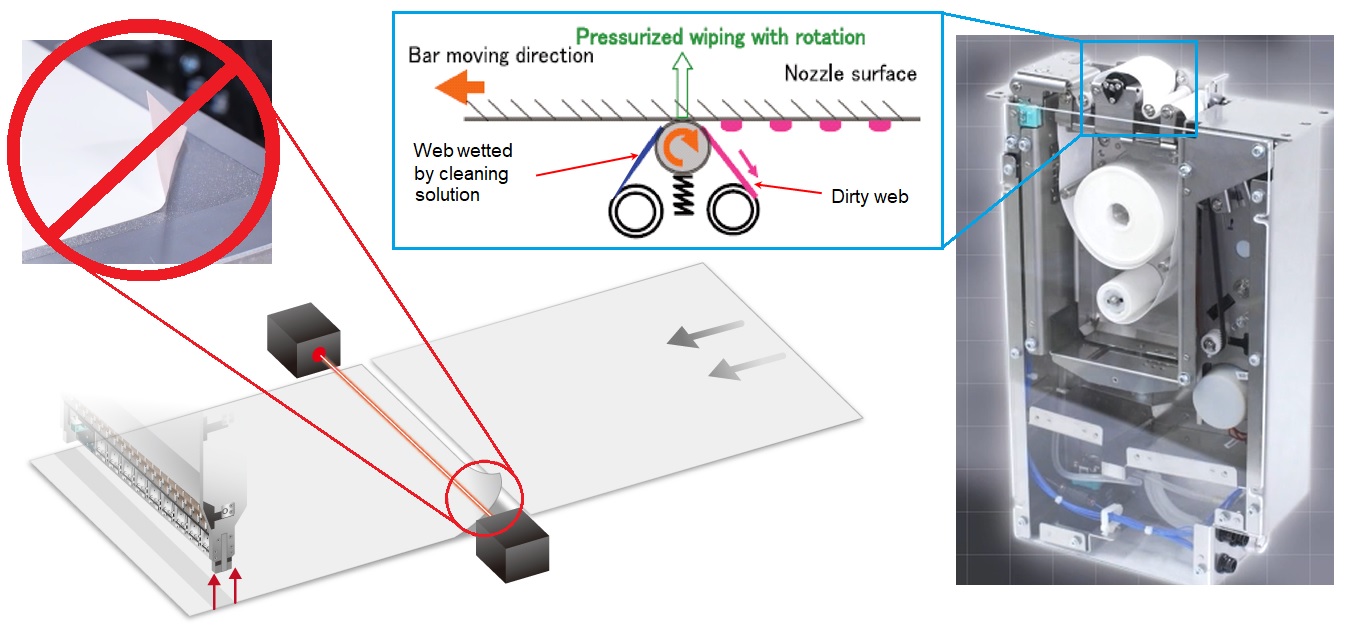
Figure 9: Optional SAMBA JPC modules for protecting and maintaining the printhead
Bringing it All Together
As encapsulated by the sub-title of the Handbook of Industrial lnkjet, to which I was a contributor, the development of an inkjet solution benefits from a system approach. It is extremely challenging to define the ink and the hardware completely separately. Working with an organization, like Fujifilm, which can offer expertise on both can be a big advantage.
This is also the case when it comes to print process combinations, whether it be fully digital, or a hybrid of digital and analog technologies. To quote Takashi Fukui of the Fujifilm Inkjet Business Division, “We see inkjet and analog technology as a complementary process.” The appeal of having the ability to meet a market need through several solutions has been demonstrated most convincingly in the label print market, the growth of which has been fuelled by standalone CMYK inkjet printers, hybrid flexo/digital solutions, and print engine retro-fits, the majority of which use UV or UV-LED inks.
Printbars and their accompanying hardware and software have been proven to shorten time-to-market for new applications, whether based on thermal printheads (HP, Memjet) or piezo technology. Many in the market that offer high resolution options are limited to water-based inks, with relatively few UV systems available offering 1200dpi.
With their new SAMBA JPC collection of critical print modules for UV, Fujifilm has increased the potential number of addressable applications that can benefit from the unbeatable combination of print quality, speed and reliability. What sets the SAMBA JPC collection apart from other 1200dpi UV print engines are complementary modules available for a fully integrated system as well as the range of inks and technical support available to assist the inexperienced user. We will re-visit some of those more advanced features in a future article.
This article was sponsored by sponsored by Fujifilm Dimatix. It was authored for Inkjet Insight and has been syndicated in other publications including PrintWeek and Print.de (in German.)

